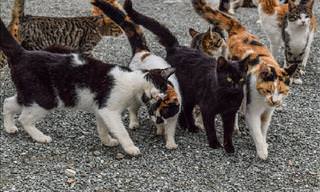Cats are believed to be largely aloof and cold creatures, and their owners are considered to be more along the lines of walking can-openers than caregivers. The internet is teeming with a plethora of cat jokes, largely centered around the cats' frigid exterior in the face of our unending devotion to them. However, a study conducted by the Human-Animal Interaction Lab at Oregon State University may have proof of the contrary.
The Study
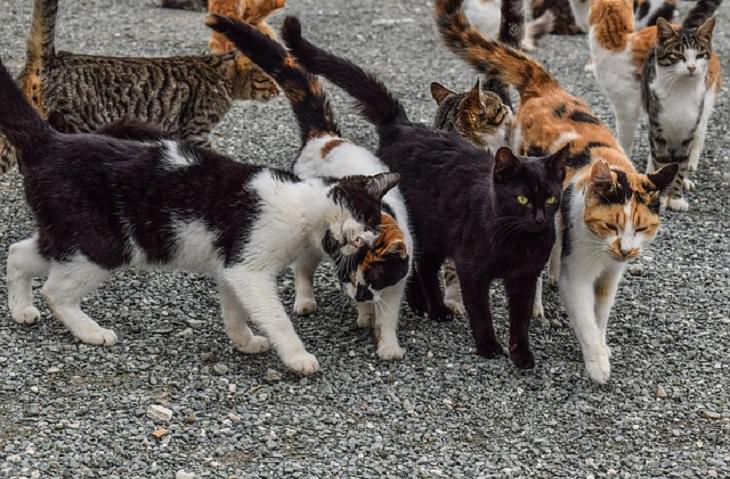
The study conducted was essentially the feline version of the Secure Base Test (SBT), a method used in the past on dogs and infants to assess their ability to feel an attachment to a caregiver and the consequent security gained by said attachment.
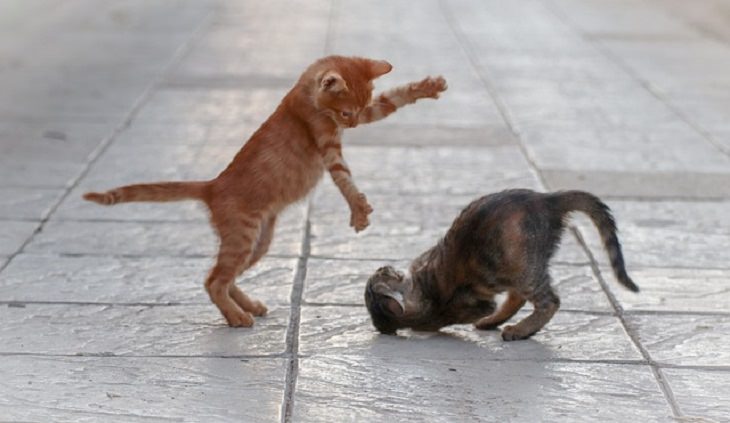
The test was conducted on 70 kittens between 3 and 8 months old. Keeping in mind that many cats maintain several of their juvenile traits well into their adulthood, particularly in cases when they are dependent on humans for care. 38 cats above the age of 1 year were also included in the test.
How Does the Test Work?
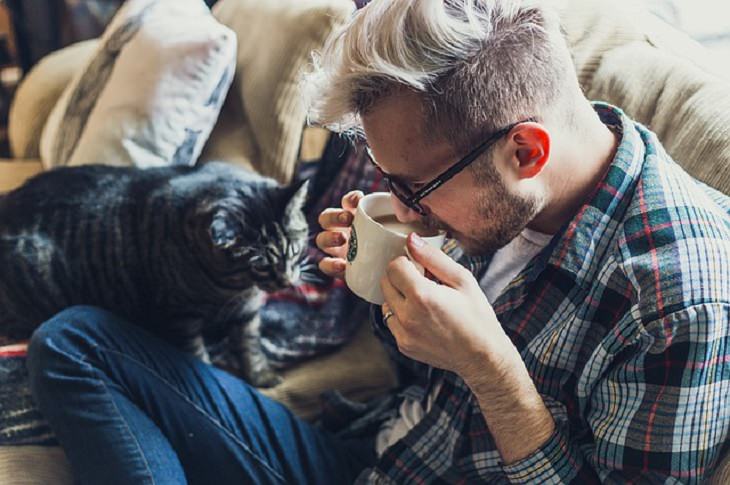
The SBT method of research itself is seemingly simple. A cat and the caregiver of the cat are placed in an unknown environment and then given 2 minutes in the space together. After two minutes, the human is then instructed to leave, and the cat must remain alone in the unfamiliar surroundings for another 2 minutes.
The test then moves into the final stage, during which the human caregiver returns to the room. The cat and caregiver are given 2 minutes as a reunion period, during which time the bond between the two is thoroughly assessed based on the reduced stress of the feline.
Assessing the Bonds
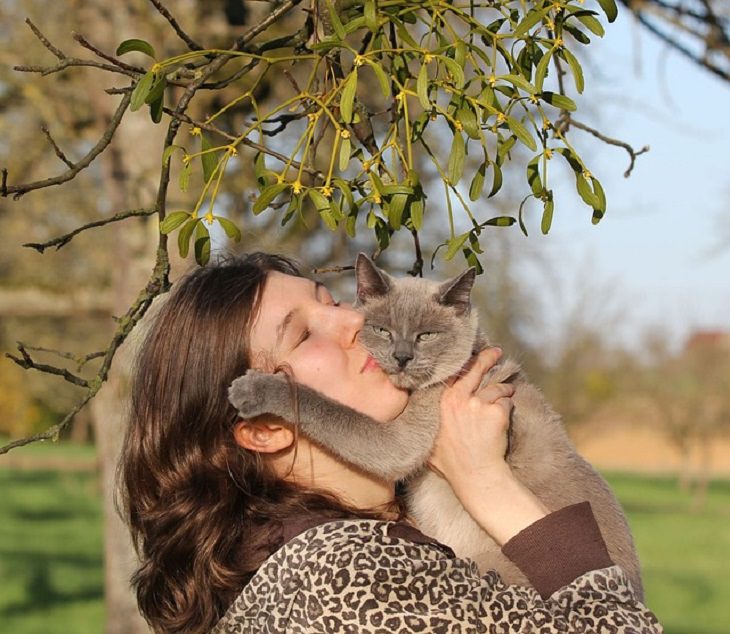
The experiment, even when used on dogs and infants, divides the resulting attachments observed into two major categories based on the reaction of the test subject (cat) to the caregiver upon their return, after having been left alone in a strange environment. These categories are Secure Attachment and Insecure Attachment.
A cat that has developed a secure attachment will show the least amount of stress, and upon the return of their caregiver, are likely to return to exploring the foreign surroundings, as cats are natural explorers and inquisitive by nature.
The cats with insecure attachments continued to remain anxious and stressed even after the return of their caretaker. These cats communicated their stress through physical reactions like licking their lips or tail-twitching.
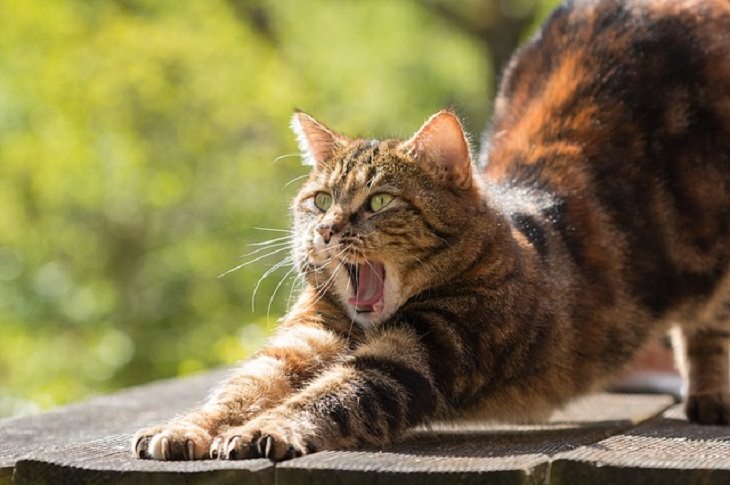
Some cats displayed a variety of feelings towards their caregiver, which reached both extremes of attachment but nonetheless displayed their uncertainty. They would either climb onto the caregiver's lap and remain still or intentionally avoid their caregiver to show their unhappiness and uncertainty at being in an unknown situation. A little like punishing the caregiver for this situation.
The vocalization frequency of all the cats was also recorded during the second phase of the test when the cats were left alone in the room. The meow frequency during this period was used to determine the separation anxiety of each cat.
The Final Results
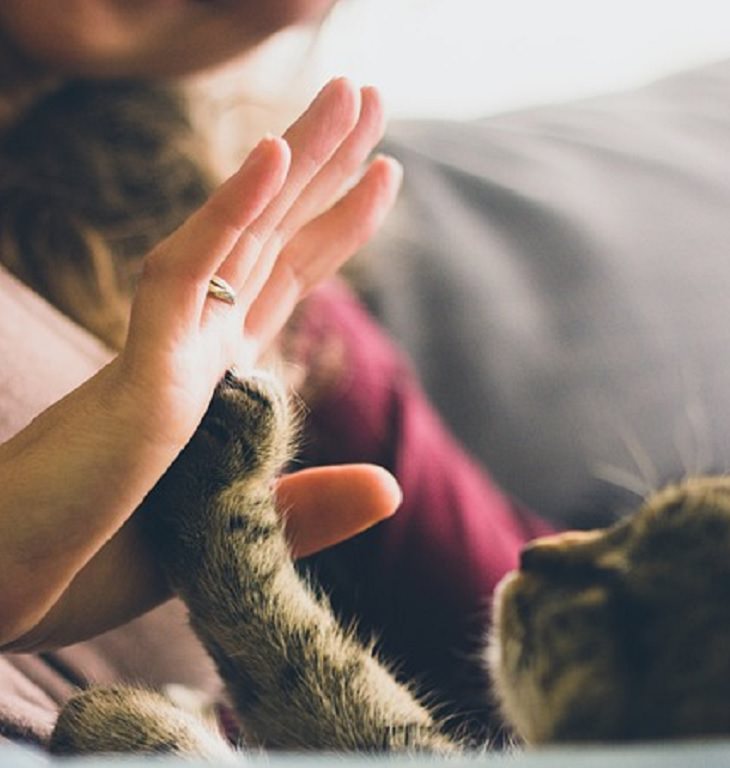
On analyzing the information collected during the SBT, the overall result showed that 64.3% and 65.8% of kittens and adult cats, respectively, demonstrated a secure attachment to their caregivers, while 35.7% and 34.2% of kittens and adult cats, respectively, appeared to have an insecure bond with their caregiver.
Using the initial baseline set up by the SBT, the 70 kittens were split up into two groups and subjected to a 6-week socialization and training intervention to determine if the bonds between kitten and caregiver would be affected. However, on reuniting after the social intervention, the kittens displayed largely the same attachment levels with their caretakers.
Here’s a video of one of their training and socialization class from the past:
A further follow-up test was taken two months later which further confirmed the secure bond maintained between these felines and their owners
It was therefore concluded that social reinforcement might be a factor in the development of attachments, but by and large, when a bond has been formed between a cat and its caretaker, such attachment style remains relatively stable.
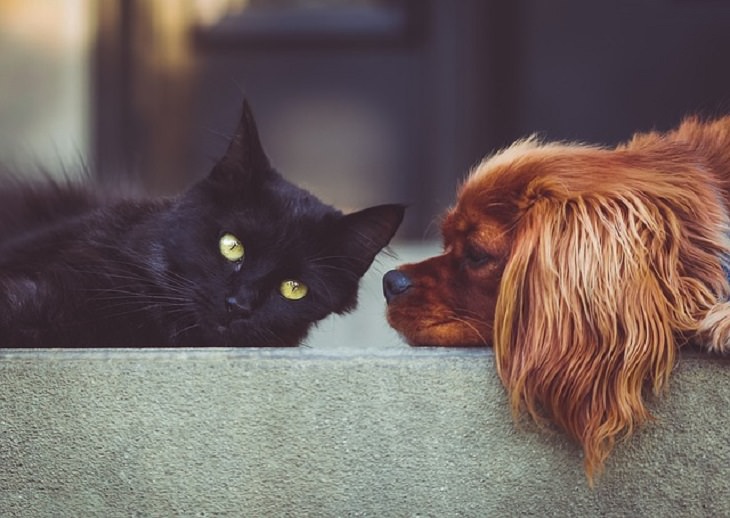
The results of this SBT were found to be approximately the same as those of infants (65% of tests subjects with a secure attachment and 35% with an insecure attachment), and greater than that of dogs, which stood at 58% with secure attachments and 42% insecure.
While some cats may pretend to be part of an elite group, and often play it cool with us, this study shows that they always maintain a soft corner for those who care for them.
 Go to BabaMail
Go to BabaMail






















































